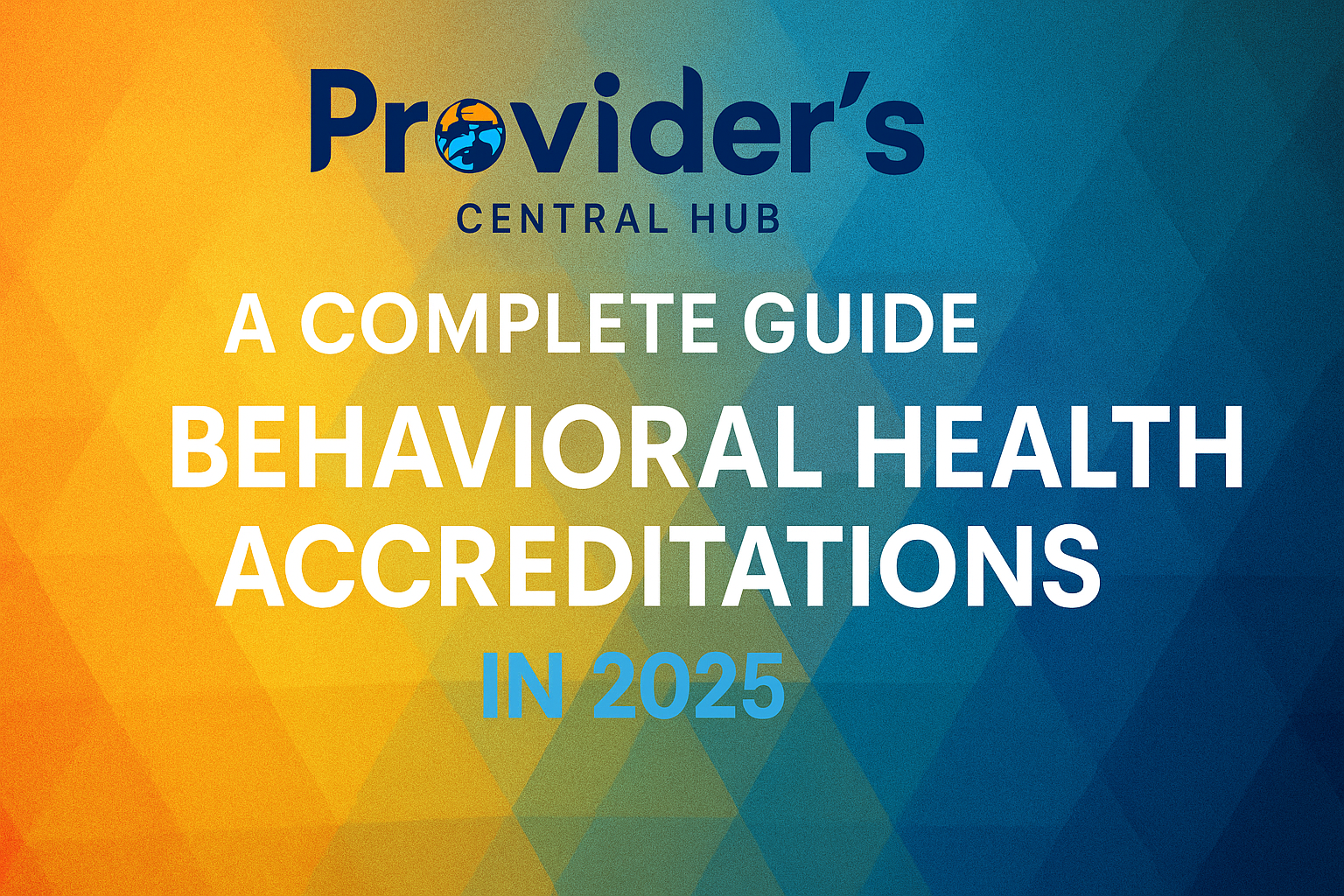Introduction
It is within the scope of healthcare to allow easy, quick access across the country to more healthcare facilities due to telemedicine. Despite the increased pace, credentialing in such medical facilities can be difficult. Some of these concerns specifically revolve around the credentialing of service providers, particularly for both security and smooth introduction into more uses of telemedicine. Here’s a long view of why accurate credentialing is the key to the success and growth of telemedicine in the US.
Safety and Quality Care for Patients
One essential reason accurate credentialing in telemedicine is necessary is to ensure that a patient is provided with safe and effective care. Credentialing ensures the verification of healthcare providers’ professional qualifications, experience, and professional standing. The procedure ensures qualified professionals alone can deliver medical services; otherwise, patients risk damage through unqualified practitioners.
This requirement becomes more critical in the telehealth environment, where providers sometimes meet and assess patients over the Internet rather than perform a physical examination. Unqualified people might find themselves practising medicine, posing poor patient outcomes and legal ramifications for healthcare organisations if they do not undergo proper verification.
Compliance with Regulations
Complex and highly variable regulatory frameworks exist across the states where telemedicine operates. Moreover, each state has laws regulating licensure and standards within telehealth services. Good credentialing helps healthcare systems effectively meet these state and federal statutory requirements.
It is not only a legal mandate but also increases the integrity of telemedicine providers and their organisations to the market. Thus, any healthcare entity that obeys the standards of existing credentialing avoids penalties against the healthcare industry.
Expanding Access to Care
Accurate credentialing is critical in expanding access to care, especially in underserved areas. Telemedicine has the potential to bridge gaps in healthcare access by allowing providers to reach patients in remote or rural locations.
However, providers must be credentialed in each state where they offer services. This requirement can create barriers if not managed efficiently. Streamlined credentialing processes can facilitate quicker access to care by enabling providers to obtain necessary licenses and credentials more rapidly. Healthcare organisations can deploy telehealth services more effectively across state lines by reducing administrative burdens through efficient credentialing systems.
Preservation of Organizational Reputation
The reputation of healthcare organisations is directly linked to the quality of care they deliver. Inaccurate or lax credentialing practices can lead to adverse patient outcomes that severely damage an organisation’s reputation. Conversely, credentialing solid processes enhance the trust of patients and stakeholders through a commitment to delivering high standards of care.
In addition, as telemedicine becomes more widespread, organisations that place a premium on accurate credentialing will be likely to stand out from the competition. This distinction can lead to greater patient loyalty and better overall outcomes.
Keeping Pace with Technological Advancements
Telemedicine incorporates technology, adding complexity to credentialing processes. A provider needs to be skilled in medical practice and the usage of telehealth platforms. Credentialing processes need to advance to accommodate technological competencies along with traditional qualifications.
Innovations such as AI and automation are now gradually coming into play to make credentialing processes smoother through efficiency, accuracy, and lesser manual work. It ensures the provider is under constant check to be compliant with the standards and regulations in place and improves the overall quality of care provided.
Conclusion
As telemedicine proliferates across the United States, accurate credentialing will be an indispensable way of ensuring patient safety, maintaining regulatory compliance, extending access to care, safeguarding organisational reputations, and keeping pace with technological advances. Healthcare organisations must invest in effective credentialing processes that meet current standards and anticipate future challenges as the telehealth landscape shifts.




